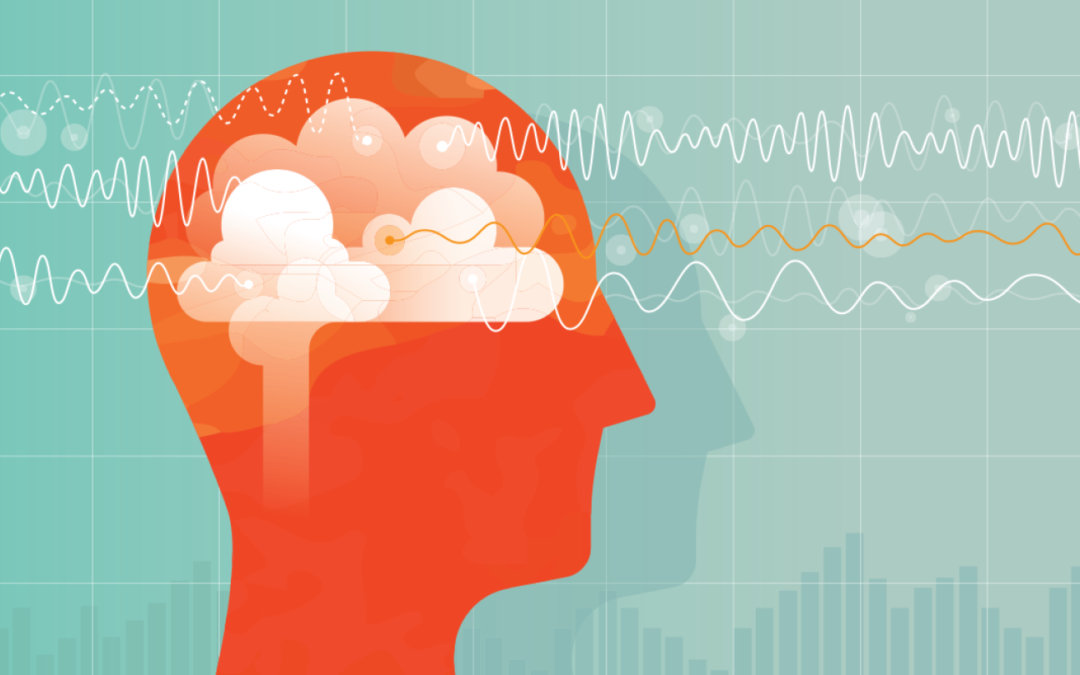Overview
Adolescence is a time of intense growth and change that is characterized by changes in the body, mind, and emotions. Though it’s sometimes seen as a thrilling period of personal development, there can be many difficulties, the most important of which is dealing with mental health conditions like depression. Teenage depression is still a major global concern, but it is still stigmatized and misunderstood. We will examine the intricacies of adolescent depression, its effects on people and society, and the significance of dispelling the stigma associated with it in this essay.
Recognizing Adolescent Depression
Adolescent depression is a severe mental health illness that impacts a person’s thoughts, feelings, and behaviors. It goes beyond simply being depressed or melancholy. It can show up in a number of ways, such as protracted melancholy, a decline in interest in activities, adjustments to eating or sleeping schedules, emotions of guilt or unworthiness, and suicidal thoughts. Teenagers often experience mood swings and the odd period of melancholy, but depression is distinguished by its severity, persistence, and disruption of day-to-day activities.
Adolescent depression is caused by a number of variables, including trauma, environmental stresses, brain chemistry, genetic susceptibility, and social factors like peer and academic pressure. Adolescents are more susceptible to depression due to the aggravation of mood disorders caused by hormonal changes during puberty.
Adolescent depression’s effects
Adolescent depression has a significant and far-reaching effect on the person as well as their friends, family, and the larger community. Teens who are depressed frequently struggle academically, disengage socially, abuse drugs, and engage in dangerous behavior. In addition to raising the chance of developing anxiety and substance use disorders, untreated depression can also increase the risk of self-harm and suicide.
Adolescent depression also has long-term effects that last throughout adulthood. According to studies, those who suffer from depression as teenagers are more likely to experience depression again later in life and are also more prone to develop other psychiatric problems. Untreated depression can also hinder cognitive growth and have a detrimental effect on academic and professional performance, which feeds the cycle of disadvantage and diminished functioning.
Eliminating the Myth
Adolescent depression is still heavily stigmatized and frequently accompanied by myths and judgment, despite its frequency and impact. Stigma pertains to the unfavorable perceptions, convictions, and preconceptions that the public has regarding mental illness. These can result in prejudice, marginalization from society, and obstacles to obtaining assistance. Adolescent depression is stigmatized, which can make it difficult for sufferers to admit they have symptoms, get help, and support.
Overcoming the stigma attached to teenage depression necessitates a multifaceted strategy that takes into account societal as well as personal issues. In order to dispel myths and raise public understanding of depression and mental health issues, education is essential. We can lessen stigma and promote help-seeking behavior by encouraging candid communication and disseminating accurate information about the origins, symptoms, and treatments of depression.
Furthermore, changing cultural perceptions and expectations around mental illness is necessary to de-stigmatize adolescent depression. This entails dispelling myths, encouraging compassion and understanding, and establishing welcoming places where people feel free to share their challenges without worrying about prejudice or condemnation. Positive representations of mental health and the development of an inclusive and accepting culture can be greatly aided by the actions of communities, schools, and media sources.
The Value of Prompt Intervention
In order to manage teenage depression and avoid its long-term effects, early intervention is essential. The outcomes for those who are affected by depression can be greatly improved by identifying the symptoms and indicators of the illness and offering prompt support and treatment. But stigma frequently functions as a roadblock to early care, causing people to put off getting treatment and making the disease worse.
Early detection and intervention can be facilitated by initiatives to lessen stigma and raise understanding of adolescent depression. School-based mental health literacy initiatives can instruct learners and instructors on the symptoms of depression and how to help those who may be experiencing difficulties. Furthermore, making mental health resources and services more widely accessible can guarantee that teenagers get the care they require when they need it.
In summary
Teenage depression is a serious public health concern that affects people individually, in families, and in society at large. Addressing this issue and advancing young people’s wellbeing requires dispelling the stigma associated with adolescent depression. Teens can feel empowered to ask for help and get the support they need to thrive in a more accepting and inclusive environment if we increase awareness, dispel myths, and encourage early intervention. It’s time to end the stigma and silence surrounding adolescent depression and make sure that every young person has access to opportunities for a happy, healthy life.

